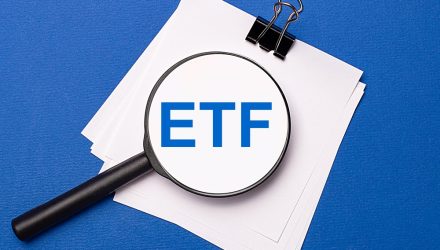After a rough first half for the bond market, there could be some value to attain for savvy investors, including opportunities in high yield.
Getting in the way of more capital into the high-yield bond market is, of course, recession fears. Aggressive tightening by the Federal Reserve could certainly force that hand, but after a heavy sell-off in the first half of 2022, there could be value in a high yield.
“U.S. corporate bonds are posting one of their worst selloffs since the financial crisis and could deteriorate further if recession predictions prove accurate,” wrote Jonathan Levin in the Washington Post. “But with junk-rated bonds yielding around 8.6%, it wouldn’t be out of the question to take a flier on a diversified basket of the securities. At these levels, the risks actually look somewhat balanced.”
For investors sitting on the fence when it comes to high yield, there are options available to make the alternative appear less daunting.
An Active Solution to High Yield
One way to approach the high yield debt market is to opt for an active management strategy. This essentially puts the selection of high-yield debt holdings in the hands of professionals as opposed to self-directed investors or advisors doing the legwork themselves.
This can all be had with an active exchange traded fund (ETF) like the American Century Select High Yield (AHYB), which has an expense ratio of 0.45%. The fund actively invests primarily in BB- and B-rated debt issues in pursuit of high current income and risk-adjusted returns.
The fund itself is sub-advised by a veteran team at Nomura Corporate Research and Asset Management, a firm that has specialized in the high yield market since its founding in 1991. According to the fund’s product website, the managers apply a research-intensive process that seeks to identify companies that they believe can:
- Carry debt loads across market cycles
- Generate sustainable cash flows
- Decrease leverage on their balance sheets in pursuit of higher ratings
To crack into its diverse array of holdings, the fund utilizes a top-down macro overlay that establishes duration and ratings distribution. Then, sector allocations are determined through a bottom-up security selection.
Of course, it’s difficult to mention high yield without actually providing the income potential of the fund. As of June 30, the fund is yielding about 7.39% with debt holdings having an average duration of about 4.3 years.
For more news, information, and strategy, visit the Core Strategies Channel.


